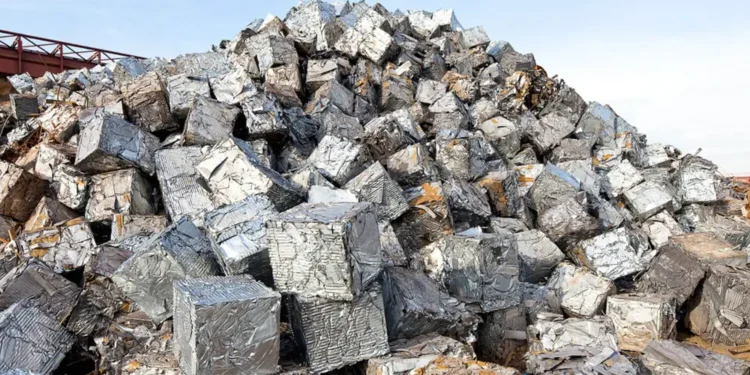Adelaide is known for its innovative sustainability approaches, like using recycled materials in construction and urban design. Adelaide encourages recycling through various programs and initiatives that promote responsible waste management.
At the forefront of this movement is scrap metal recycling—a prime example of how resources can be repurposed and reused, contributing to a more sustainable world. This article delves into the complex workings of the circular economy within scrap metal recycling in Adelaide.
Resource Conservation through Scrap Metal Recycling
Scrap metal recycling embodies the principles of the circular economy by reintroducing valuable metals into the production cycle. Metals such as aluminium, copper, and steel are finite resources that require substantial energy to extract and refine. By recycling scrap metal, these resources are conserved, reducing the need for energy-intensive mining and extraction processes. This conserves natural resources and lowers greenhouse gas emissions associated with traditional metal production.
The Economic Impetus
Beyond its environmental benefits, the circular economy of scrap metal recycling also holds economic value. Recycling scrap metal reduces the reliance on raw material extraction, which can be costly and subject to volatile market prices. Additionally, recycling metal requires less energy than producing it from raw materials. This translates to cost savings for industries and consumers, contributing to a more stable and resilient economy.
The Transformative Process
The journey of scrap metal from discarded items to repurposed resources is a testament to the circular economy’s power. The process begins with the collection, where discarded metal items are gathered from various sources. These materials then undergo sorting, cleaning, and processing to remove contaminants and prepare them for recycling.
Melting and Refining: Giving New Life to Old Metal
After preparation, the scrap metal is melted down and refined. The molten metal is transformed into new products or components through casting, rolling, or forging. This stage showcases the versatility of scrap metal recycling—old aluminium cans can be transformed into new cans, bicycle frames into car parts, and industrial machinery into construction materials.
Innovation in Repurposing
One of the remarkable aspects of the circular economy is its ability to encourage innovation. The repurposing of scrap metal opens doors to creative applications across various industries. The possibilities are endless, from architectural structures and sculptures to eco-friendly packaging and consumer goods. Innovators embrace the challenge of finding new uses for recycled metals, contributing to a more diversified and sustainable product landscape.
Reducing Landfill Pressure and Pollution
An inherent benefit of the circular economy in scrap metal recycling is the significant reduction in landfill waste. When metals are recycled, they don’t end up in overflowing landfills, conserving valuable land and reducing the risk of environmental pollution caused by metal corrosion and the leaching of harmful substances.
Engaging Communities and Raising Awareness
The circular economy of scrap metal recycling is not solely an industrial endeavour—it’s a collective effort that engages communities. Recycling initiatives, educational programs, and public awareness campaigns empower individuals to participate in the circular economy. Individuals contribute to the sustainable flow of materials within the cycle by responsibly disposing of metal items and supporting recycling facilities.
Conclusion
Adelaide’s commitment to sustainability inspires the circular economy’s principles within the realm of scrap metal recycling. The circular economy of scrap metal recycling in Adelaide exemplifies the harmony between environmental stewardship and economic prosperity. As industries and communities unite to embrace the circular economy’s principles, the transformation journey of scrap metal from discarded materials to valuable resources redefines our approach to sustainability and resource utilisation.
Also, Read Making the Transition From Automotive Mechanic to Forklift Technician.


















